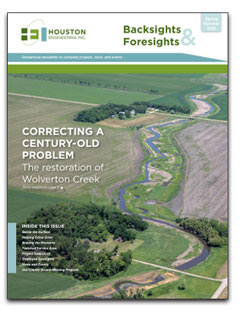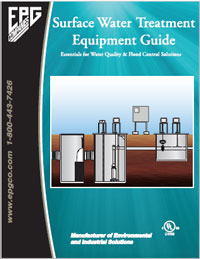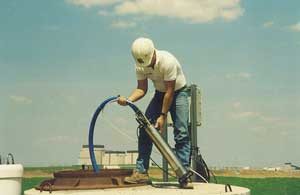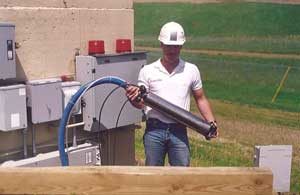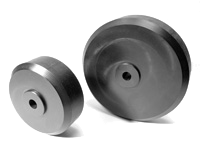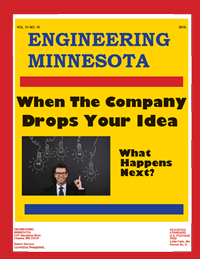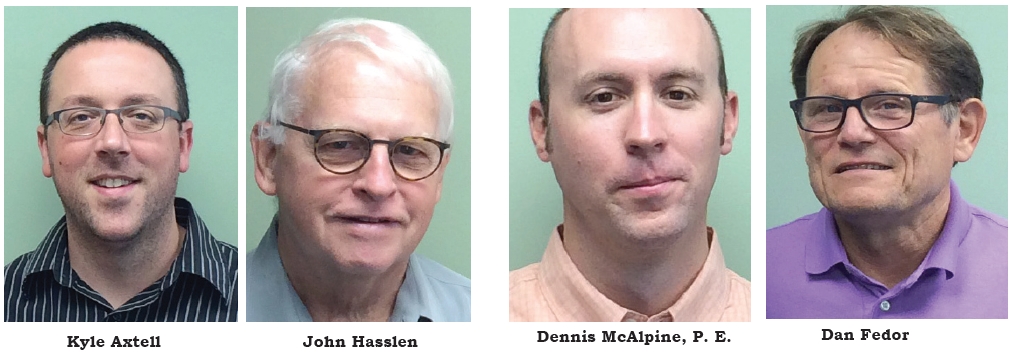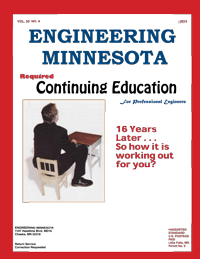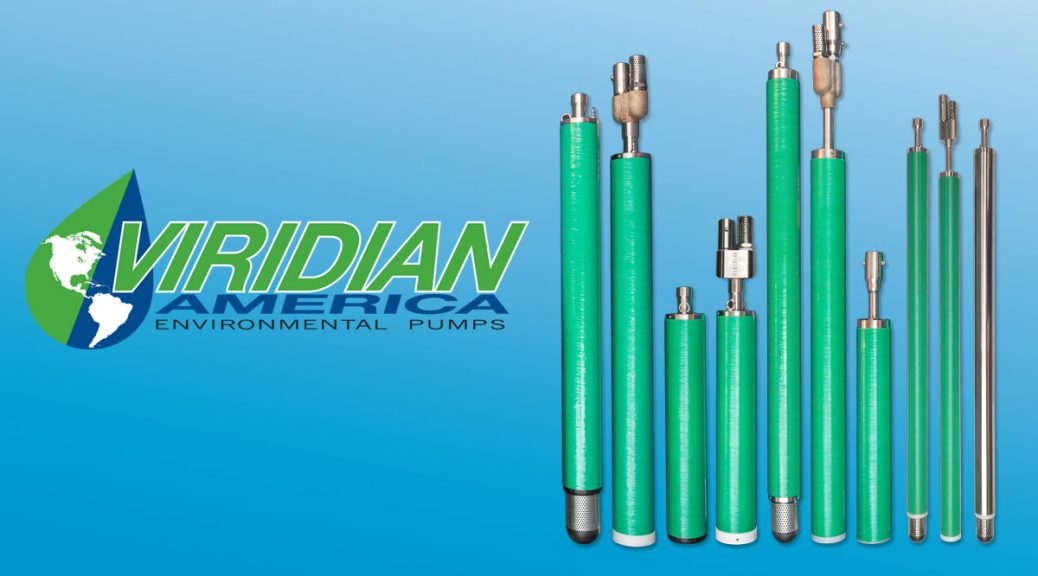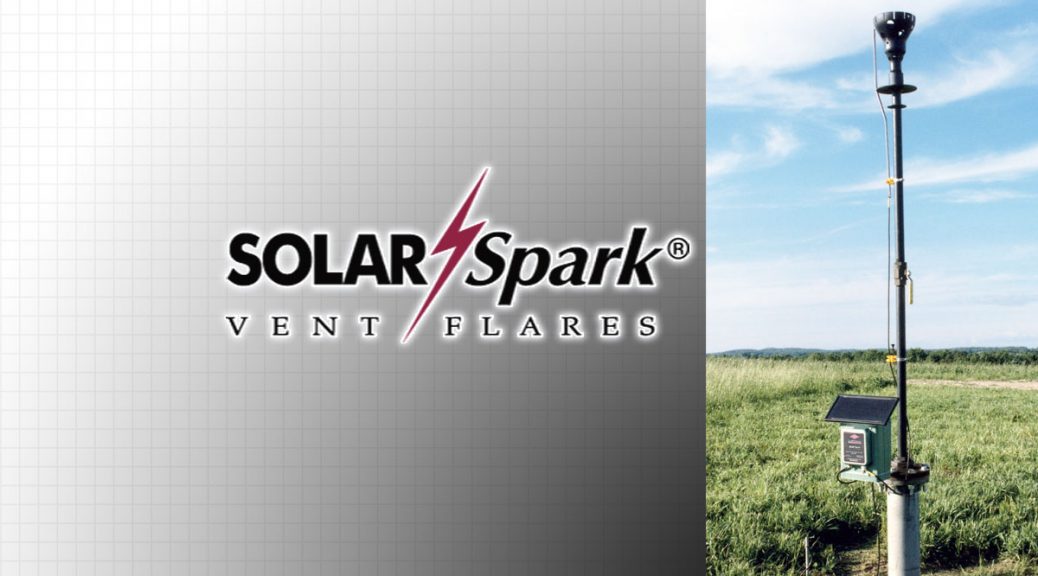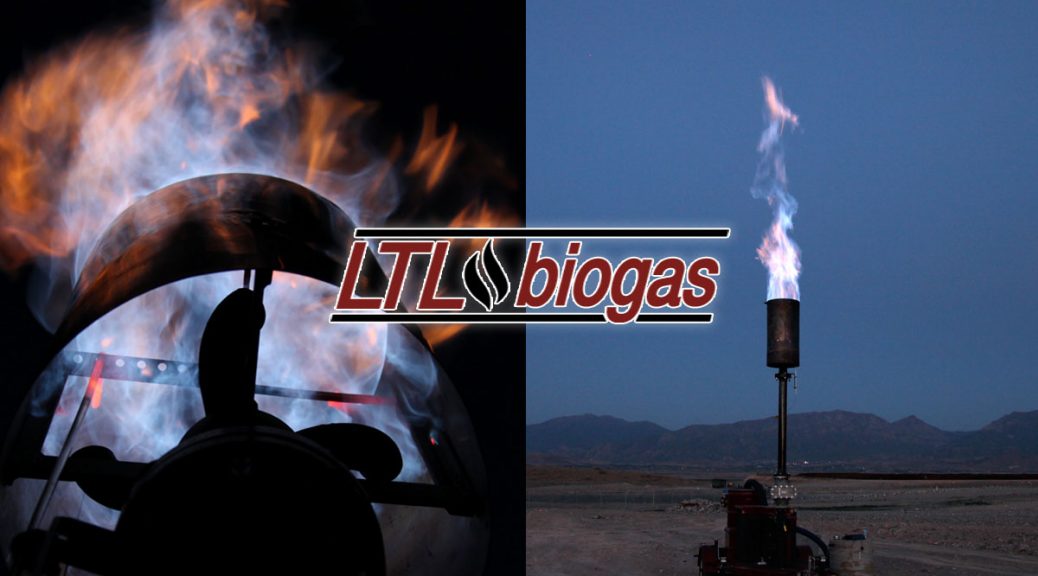Over the years, EPG has designed and manufactured pump and controls systems to meet a wide variety of application demands from the most basic shroud-less pump squeezed into a small de-watering well pipe to monster submersible pumps moving hundreds of gallons per minute over hundreds of feet.
Let's take a look at two very different 2-stage SurePumps™.
This first, larger 2-stage pump & control panel, is part of a multi-cell landfill leachate management system. It's paired with a custom guide rail disconnect and complete accessories package including breakout junction boxes, flow meter and pressure gauge. The UL listed control panel accommodates two of these pumps in lead/lag alternating mode ensuring reliable performance and longevity.
VSDPT 95-2

-
- Vertical Sump Drainer
- Integrated Level Sensor
- 2-Stage Pump End
- 20HP 460V 3 Phase Motor
- 150′ Lead Lengths
- +450GPM @ 150′ TDH
- Size 12 (12”) Sump Drainer
- 86” Long, 400 lbs.
- Custom 6″ Flanged Discharge
YCL950PT
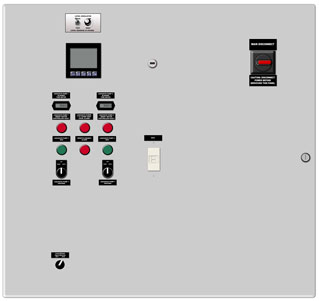
-
- Enclosure: 36”x36“ NEMA 4X SS
- Operates: Two 20HP Pumps in Lead/Lag Alternating Mode
- Voltage: 460V 3 Phase
- Controller: OCS (Operator Control Station)
- Features Include:
- Elapsed Time Meters
- Level Selector Switch
- Sump High Level Alarm Light
- Data Logging w/USB Port
- Level Simulator
- GFCI
This second and smaller 2-stage pump & control panel is very typical of the industry standard EPG has established for landfill side-slope riser applications. Like the system above, it also incorporates breakout junction boxes to help isolate expensive equipment from corrosive landfill gas and assist in maintenance.
WSDPT 2-2

-
- Wheeled Sump Drainer
- Integrated Level Sensor
- 2-Stage Pump End
- 1/2HP 230V 1 Phase Motor
- 40′ Lead Lengths
- 14GPM @ 40′ TDH
- Size 4 (4”) Sump Drainer
- 30” Long, 66 lbs.
L925PT
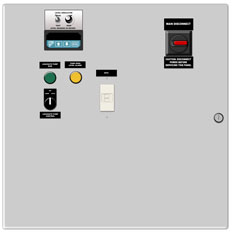
-
- Enclosure: 24”x24“ NEMA 4
- Operates: One 1/2HP Pump
- Voltage: 230V 1 Phase
- Controller: Level Master
- Features Include:
- Tank High Level Alarm
- Level Simulator
- GFCI

